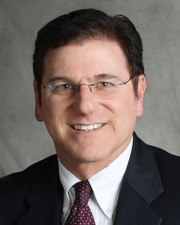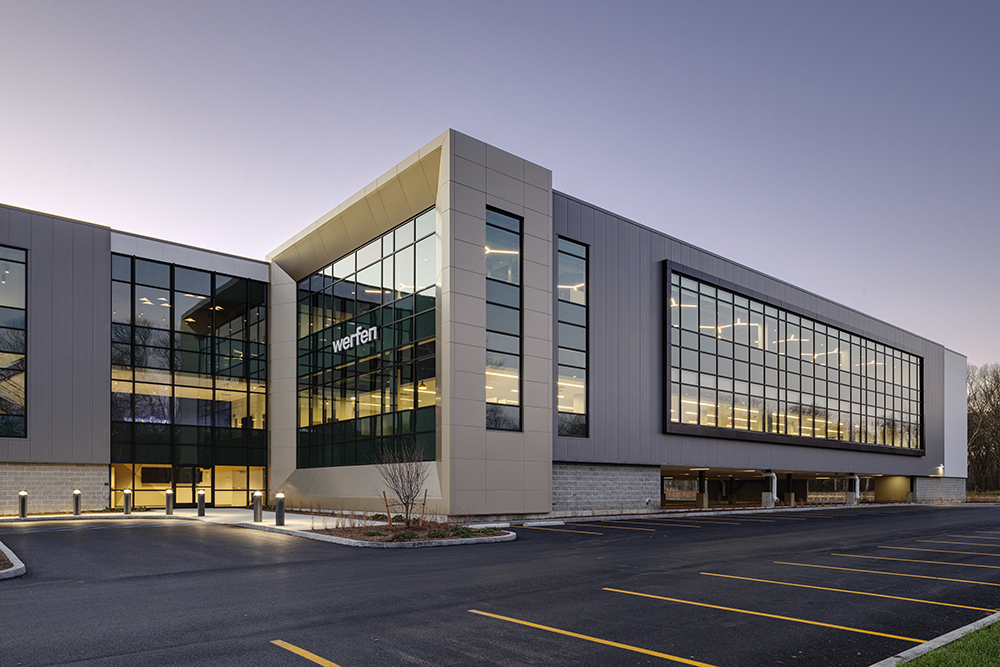News: Front Section
Posted: April 9, 2008
Protecting the 1031 client in TIC investment
If sponsors or non-securitized promoters insist on advertising their full cycle deals, they must provide data on how their actual monthly distribution yield compared to their original projection, exclusive of the profitable sale. Sponsors or non-securitized promoters should be forthright about their underperforming properties. Nobody wants to tell prospective investors about properties that are not performing. However, the honest Sponsor, non-securitized Promoter, Real Estate Salesperson, Broker, Registered Representative and Broker-Dealer will identify underperforming properties and explain specifically what has occurred and what plan of action is being undertaken to correct the problems.
Are the underlying financial assumptions prudent, based on available market data? This data is available from appraisers, data services, real estate brokerage firms and tax assessors. If the assumptions are overly optimistic, the projections may be unattainable. Quality, conservative assumptions are grounded in reality and supported by unbiased third party providers.
Who will manage the property? Did the actual property manager on the ground at the property work with the Sponsor or non-securitized Promoter in formulating the pro-forma? If not, does the property manager agree with the underlying assumptions and the projections? Are the asset manager's and the property manager's interests aligned with the investor? Will the property manager be accessible and accountable to the investor? Under-managing is an ongoing concern and must be monitored.
Is a publicly offered real estate TIC investment always a security? Are you buying from a Sponsor or a non-securitized Promoter? Why does it matter? A problem in the TIC marketplace for the investor and the industry is the competitive cross-selling between securitized and non-securitized TICs. They are different investments that are sold on different platforms. The typical 1031 TIC investor has plenty to process in learning about 1031 and Tenant in Common property offerings, and they are not well served by the added confusion of salespeople saying the non-securitized Promoters are breaking the securities laws, or that the fees and costs of a securitized TIC offerings are too high. It does not appear that any state or federal regulator has taken action against these so-called non-securitized TIC Promoters. Each side uses their argument to sell against the other. The Salesperson, the Sponsor, the non-securitized Promoter lose credibility with the investor in engaging in such sales jargon.
A securitized TIC generally has to pass through the following six levels of outside disclosure and due diligence and: 1. be approved by the Sponsor's acquisitions department and investment committee 2. pass Regulation D securities disclosure requirements 3. be approved by the securities law firm preparing the Private Placement Memorandum 4. be approved by the independent due diligence law firm hired by the Broker-Dealer 5. be approved by the Broker-Dealer Due Diligence & Investment Committee and 6. though not a legal requirement, hopefully be approved internally by the selling Registered Representative before it is recommended to the client.
It is tough for poorly underwritten transactions to make it through five levels of outside due diligence. On the other hand, a non-securitized Promoter does not have any disclosure obligation or any responsibility to obtain outside due diligence review.
The real estate salesperson representing the investor in a non-securitized investment may be the only person looking out for the non-securitized TIC investor. Their national expertise may be limited unless they do national investment property analysis for a living across many property types and asset classes. In addition, the choice of non-securitized property possibilities (inventory) may be limited due to a shortage of non-securitized Promoters, who represent about 10% of the overall national TIC marketplace.
A securitized TIC sponsor stays in the transaction, handles the management and supports the investors. They have an embedded interest in having a successful venture as they earn fees for ongoing management and a profitable sale, and the Sponsor wants the Broker-Dealer, the Registered Reps and their investors to be happy. This way they will be inclined to offer their next transaction to their potential clients.
Hence, there is a level of accountability and leverage that can be brought to bear by Broker-Dealers and Registered Representatives if there is an error in underwriting or management. The investor remedy for a problem offering in a security transaction is a FINRA (previously NASD) arbitration with the Broker-Dealer or Registered Representative, or a complaint to the SEC, and then a lawsuit if the issue can't be resolved.
On the other hand, non-securitized Promoters are unable to have a continuing Promoter role in the transaction, can't earn any fees, and are not are accountable to the real estate salesperson, broker or investor. They cannot and do not sponsor anything. The remedy for poor underwriting in a non-securitized transaction is a lawsuit for rescission claiming the investment is a security under the investment contract definition in the 1946 case of SEC v. Howey, or some claim for fraud or misrepresentation under contract law. Lawsuits can be a financial and emotional burden on the investor.
One advantage of a non-securitized TIC property is that it may be resold easier than a securitized property. While securitized TIC resales do occur, the market may be smaller and the regulations may be cumbersome. Most TIC buyers are giving up liquidity for some period of time (typically at least ten years) so that they can earn a cash flow return on the tax liability that they have deferred. They must enter any TIC transaction understanding that the investment is illiquid; anyone who tells you differently is living in a hypothetical world and may be stretching reality a bit.
If the investor studies a Sponsor's portfolio and focuses on the real estate fundamentals, the comparison of projected vs. actual net operating income in past deals, and the likelihood of future appreciation, the quality sponsors will rise to the top. Then, a thorough analysis of the underwriting of present offerings will allow the investor to determine which offerings are the best for their given risk/reward ratio.
In every industry there are varying levels of sophistication, competence and honesty amongst suppliers, salespeople and customers. The prudent investor understands this variance and shops around accordingly to find the most competent Advisor, Sponsor, non-securitized
Promoter, Broker-Dealer and/or Real Estate Brokerage firm. At one leading TIC Broker-Dealer, the due diligence team and investment committee reject approximately 30% of the properties presented by Sponsors. The registered representatives at that firm can then review the remaining approved offerings and determine which are suitable for their given investing clients. Conversely, no third parties reject properties offered by non-securitized Promoters before they come to market.
The wise 1031 investor will do his homework when buying a TIC property and stand firm in asking for meaningful answers from Sponsors, non-securitized Promoters and Salespeople. A telling inquiry to make is about the worst three performing properties they have ever brought to market, the names and phone numbers for the investors in those properties and an explanation of what occurred and why. This will ground the sales talk in reality and focus the investor on the downside possibilities.
Sometimes it is smarter to pay the capital gains taxes and pass on the exchange if the replacement property, the Sponsor/non-securitized Promoter and the Salesperson are unable to make the investor and their advisors feel comfortable with the quality of the investment. Risk and reward go together, even in inefficient markets. The correlation between risk and reward may sometimes be inaccurate and unmeasurable in the TIC marketplace which makes judicious decision-making somewhat challenging.
Tags:
Front Section
MORE FROM Front Section
Newmark negotiates sale of 10 Liberty Sq. and 12 Post Office Sq.
Boston, MA Newmark has completed the sale of 10 Liberty Sq. and 12 Post Office Sq. Newmark co-head of U.S. Capital Markets Robert Griffin and Boston Capital Markets executive vice chairman Edward Maher, vice chairman Matthew Pullen, executive managing director James Tribble,

Quick Hits
Columns and Thought Leadership

Five ways to ruin a Section 1031 Like-Kind Exchange - by Bill Lopriore
While there is some flexibility when structuring a like-kind exchange, some important requirements must be met. A mistake can ruin your exchange. Here are five mistakes to avoid:

How COVID-19 has impacted office leasing - by Noble Allen and John Sokul
To say that the effects of COVID-19 has transformed office leasing is an understatement. When COVID-19 was at its peak, office spaces were practically abandoned either through governmental mandates or through actions taken by businesses themselves.

Four tips for a smooth 1031 Exchange - by Bill Lopriore
Many real estate investors do not understand the specific requirements that must be met to secure the benefits of a tax-deferred 1031 exchange. For example, the replacement property must be identified within 45 days of the closing date of the relinquished property.

Make PR pop by highlighting unique angles - by Stanley Hurwitz
Coming out of the pandemic, a client with three hotels in Provincetown, Mass., needed ways to let the world know his properties were open for business for the 2021 tourist season.







.png)